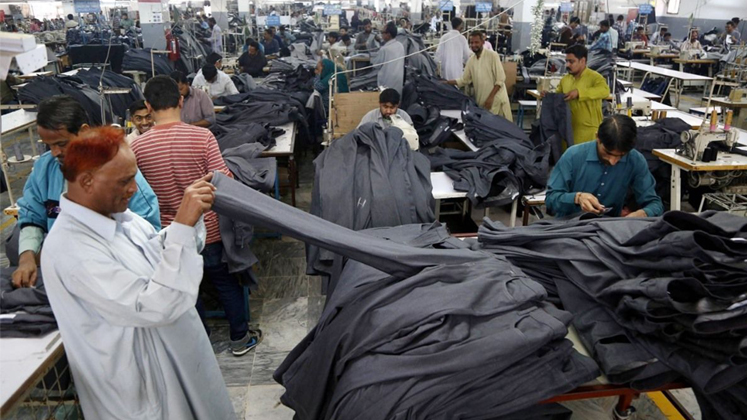
There is a sense of excitement amongst the textile corporates as the PLI scheme gets approval from the cabinet.
The scheme which is designed for the big investors has hit the right note. Public limited companies that have already shown interest in the scheme and have potential to invest are Indo Count Industries, Welspun India and Himatsingka Seide in the home textiles segment; Vardhman Textiles, KPR Mill and Ambika Cotton in the yarn and fabric segment; and Gokaldas Exports, KPR Mills and SP Apparels in the apparel segment.
Also Read: Indian textile industry is all geared up to avail benefits of PLI scheme
The companies foresee a major jump in their reach and profitability in the next decade as MMF and technical textile, the two sectors targeted for incentive ranging from 3 to 11 per cent of the incremental revenues’ year-on-year for five years, are the sectors that have most potential for the textile industry on a global platform.
In fact, the inclusion of both the MMF and technical textile sector in the PLI scheme underlines the importance of these segments for enhancing India’s trade share in the global textile trade.
Textiles have historically been one of the largest foreign exchange earners for India, but their share of exports has fallen from 24 per cent in 2000 to just 11 per cent in 2020, a reason to introspect and take quick action.
The textile supply chain needs to move beyond cotton and cotton blends, as apparel manufacturing is increasingly becoming dependent on MMFs as dictated by global trends.
India’s traditional textile export basket remains low on such products, with only a fifth of all textile products made of synthetic fibre and the rest cotton.
Many critics of the PLI scheme who say that only the big companies will benefit from the same forget that all exporters are losing out on business because of the lack of availability of MMF fabrics in the country.
If investments are made backstream by financially strong businesses, every company in the chain will benefit as a group with more products to offer in the overall textile & apparel basket.
In the last few months, the Government has addressed many structural issues in the MMF sector, which has restricted growth of the sector. Amongst the most critical have been the scrapping of anti-dumping duty on Purified Terephthalic Acid (PTA) and Viscose Staple Fibre (VSF) and rejecting the proposed anti-dumping duties on PSF, MEG, etc. which has made the MMF fibre and yarn cheaply available to the domestic players at internationally competitive prices.
In a farsighted move, the Government has also allocated Rs.1,480 crore under Technology Mission on Technical Textiles for encouraging R&D activities in the sector. This is clearly in recognition of the fact that technical textiles has a major role to play in the overall development of several sectors of the economy, including infrastructure, water, health and hygiene, defence, security, automobiles, aviation, etc.
The latest impetus is the introduction of the PLI scheme. The scheme is expected to attract a fresh investment of over Rs. 19,000 crore, additional production turnover of Rs. 3 lakh crore in five years and will create additional employment for 7.5 lakh people and would significantly expand the size of the textile sector.
Under the scheme, incentives of around Rs. 70 billion for man-made fibre (MMF) apparel, and around Rs. 40 billion for technical textiles, are on the offering and experts believe that it will positively impact the industry, especially in states like Gujarat, UP, Maharashtra, Tamil Nadu, Punjab, AP, Telangana and Odisha, where many new projects are coming up.
The scheme is expected to cover around 40 MMF apparel product categories and around 10 in the technical textile category. There is no doubt that the PLI scheme is very critical for the future of the textile industry, as India has been losing its traditional foothold in the sector to younger entrants like Bangladesh and Vietnam. It is unfortunate that despite having a complete supply chain in textiles right up to the retail front, the sector has lost its steam in the past decade. But with corporates now entering the fray with huge investment the future looks positive.






